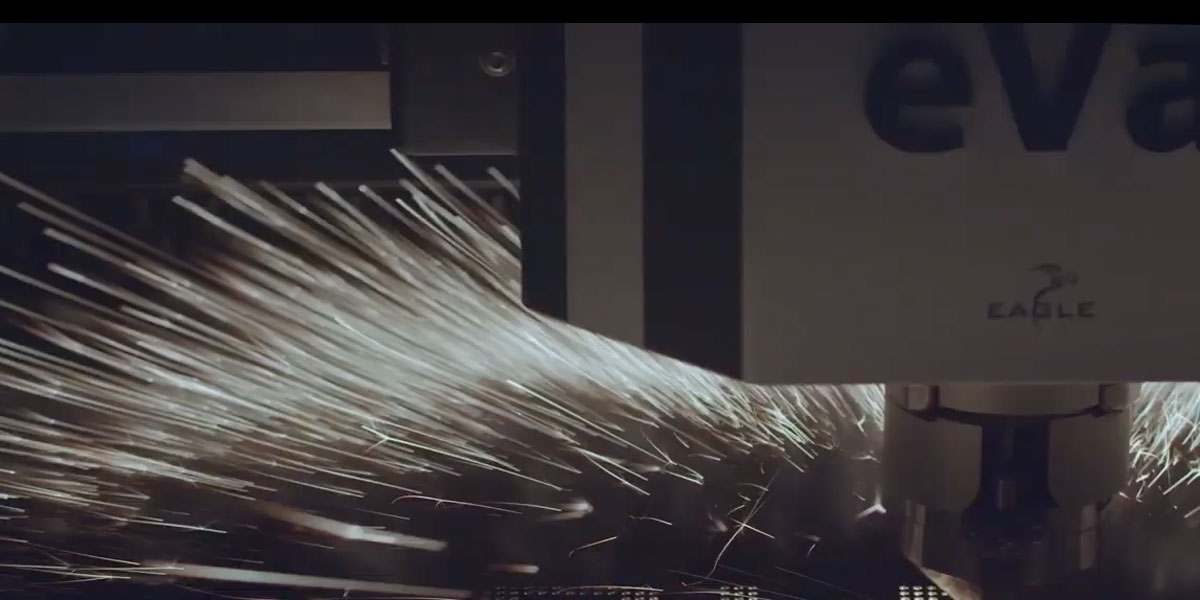
The metal fabrication industry is increasingly seeing fiber lasers replace CO2 machines since fiber technology started gaining traction just over a decade ago. Advocates boast fiber’s superiority when it comes to power, speed, operating costs, and energy consumption. Fabricators everywhere rave about the benefits especially for thinner sheet metal.
When it comes to processing reflective metals like aluminum, copper, and brass, CO2 machines don’t make the cut. While it can be done, it’s not ideal – and certainly not fast nor efficient. Fiber lasers are notably better at cutting reflective metals.
Short Wavelengths, Big Advantage
While power density, beam focusing, assist gas, and flow rate all play a factor in cutting non-ferrous materials, the biggest game changer for fiber lasers is the shorter wavelength of the beam. While CO2 lasers typically have a wavelength of 10.6-micron, fiber lasers’ short 1-micron wavelength makes cutting non-ferrous metals like aluminum much easier.
The near-infrared 1-micron wavelength is as much as four-times more easily absorbed into material than the longer wavelength emitted by CO2 machines. With fiber’s shorter beam wavelength shiny metals like aluminum absorb more heat while reflecting less energy.
Mix these benefits with higher power levels, density, and the cut speeds that fiber offers and you’ll see optimal cutting performance for reflective materials that CO2 machines can’t touch.
Reduced Bounce Back
One of the major concerns with cutting highly reflective metals is bounce back. Beam reflection can be incredibly damaging for CO2 machines. Because these machines deliver lasers via a series of mirrors, any beam reflection can damage resonators, lenses, and other components resulting in potentially expensive repairs and down time.
It’s a completely different story with solid state resonators. Because the fiber laser is delivered directly through a fiber optic cable, with no mirrors to worry about and shorter wavelengths, the chance of beam reflection is significantly reduced.
Speed, power, and operating costs are all critical talking points for fiber lasers, but it’s also important to note they can productively cut a variety of materials with ease. For manufacturers processing nonferrous metals like aluminum, fiber lasers’ ability to effectively cut reflective materials is key. If you’re looking to cut shiny sheets quickly and cleanly, fiber laser is the way to go.
Looking to get into the fiber laser game? Find out what you need to know when switching from CO2 to fiber laser cutting systems.

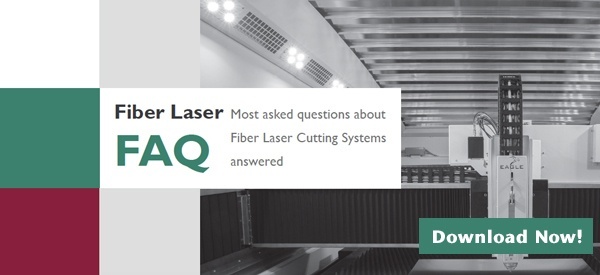



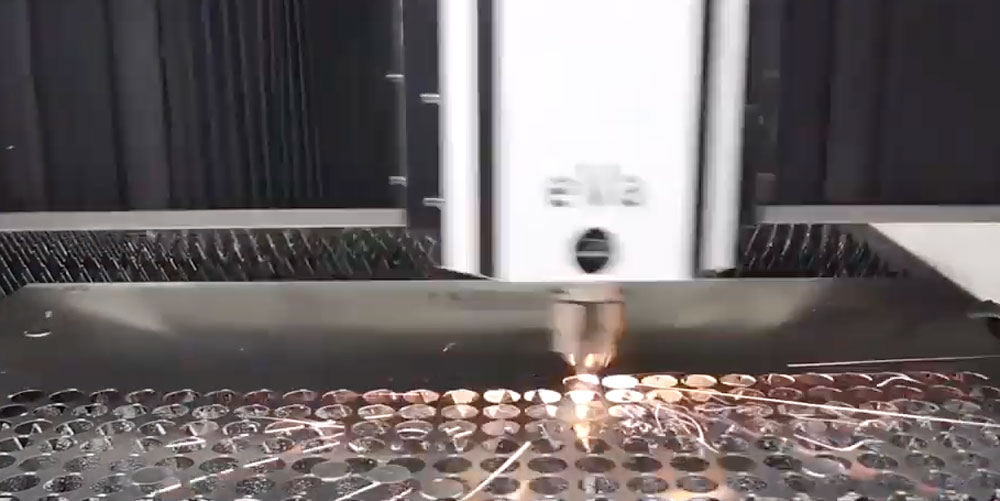

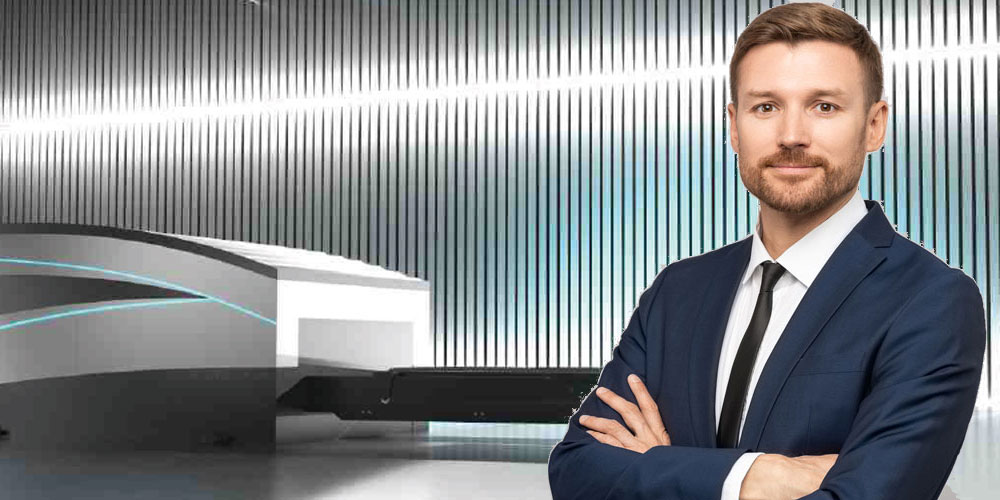
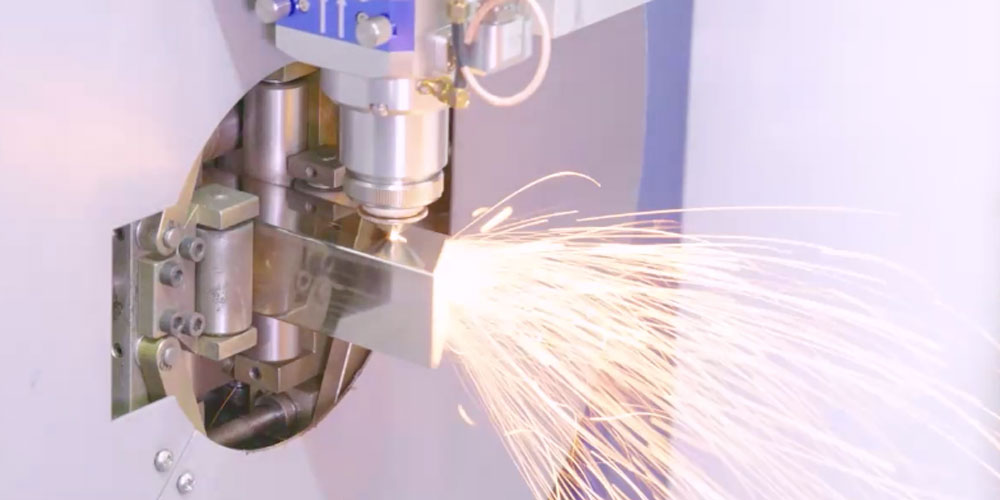




Comments
Add Comment